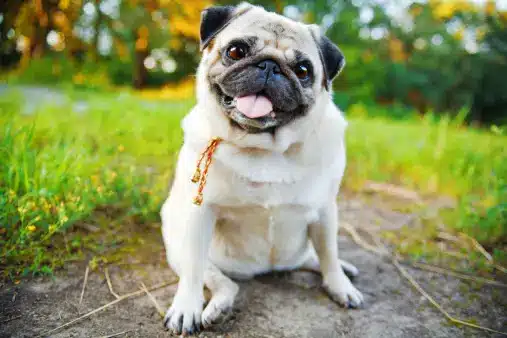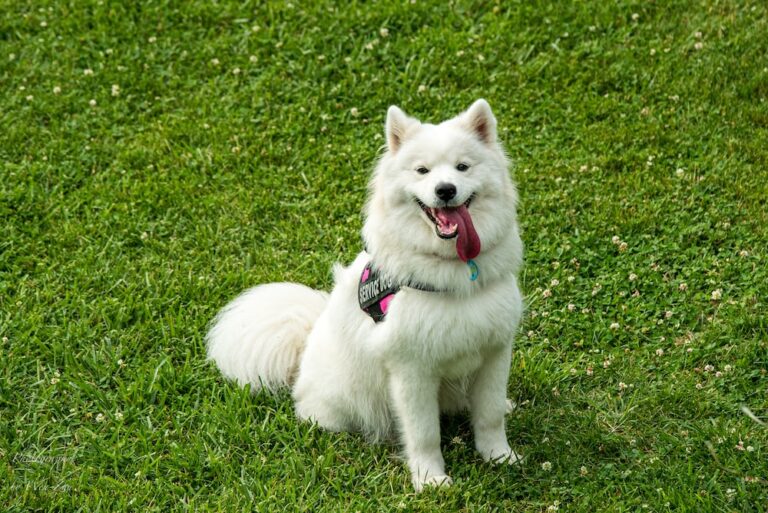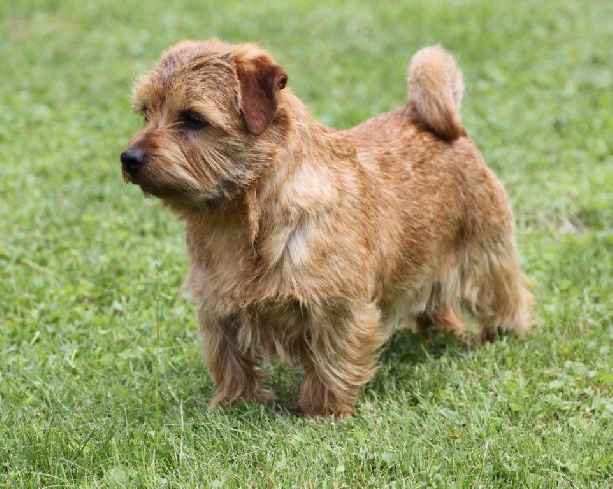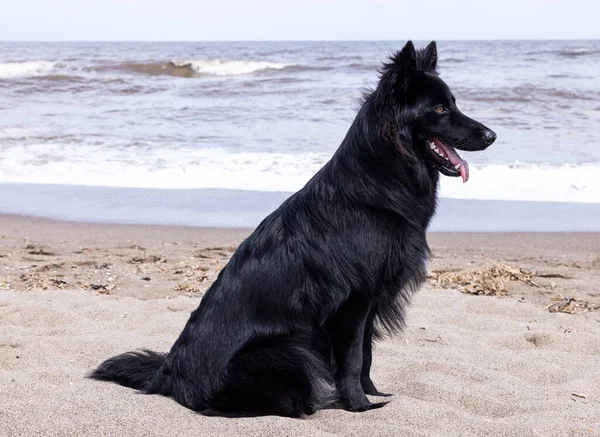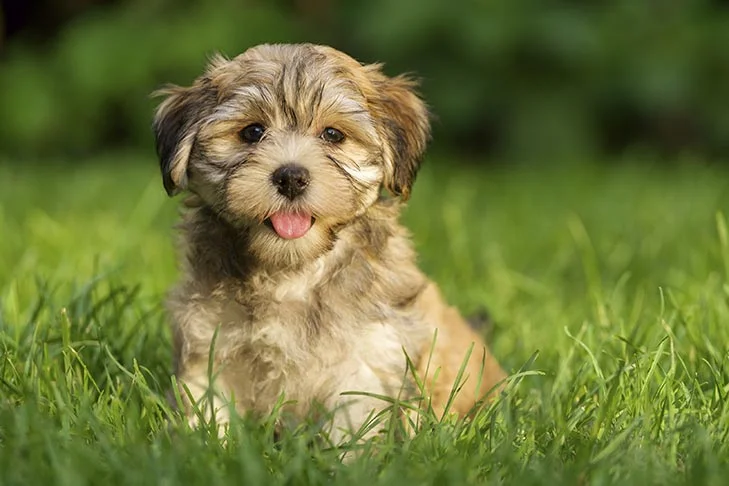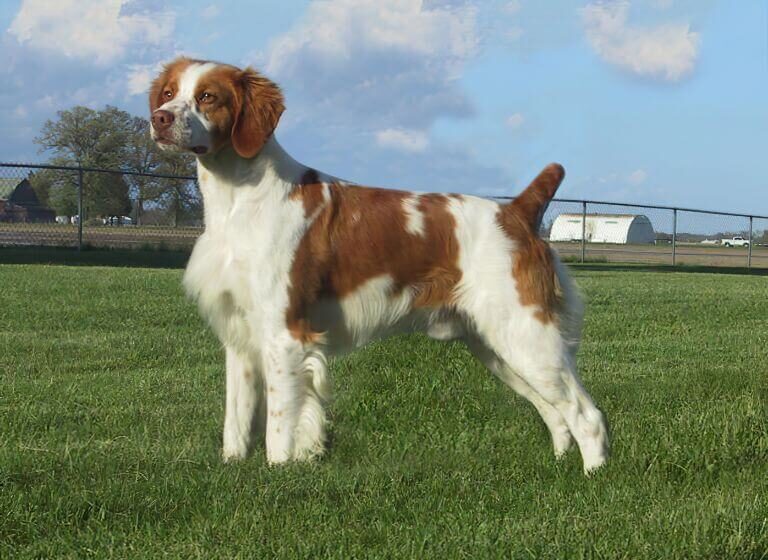Pug is a delightful and playful breed of dog known for distinct wrinkled face, curly tail, and charming personality. With a history dating back to ancient China, these mischievous companions have captured the hearts of dog lovers worldwide. In this article, we will explore the endearing qualities and unique characteristics of Pugs, as well as provide valuable insights on how to care for and train these adorable furry friends. Whether you are a seasoned Pug owner or considering adding one to your family, this comprehensive guide will help you understand why Pugs make such wonderful and lovable pets.
The History of Pugs
Origins of the Pug Breed
The Pug is an ancient breed with a fascinating history that dates back thousands of years. While the exact origins of the Pug are unclear, it is believed to have originated in China.
Pugs in Ancient China
Pugs were highly regarded in ancient China and were often kept by Chinese emperors and members of the royal family. These small dogs were considered to be a symbol of prestige and were treated with great care and respect. Pugs were even kept in special luxury quarters and were pampered with the finest food and accessories.
Pugs in Europe
Pugs first made their way to Europe in the 16th century when Dutch traders brought them back from China. European nobility quickly fell in love with these charming and mischievous companions, and Pugs became a popular breed among the elite. They were favored by many royal families, including those in England, France, and Russia.
Physical Characteristics of Pugs
Distinctive Facial Features
Pugs are well-known for their unique and distinctive facial features. One of their most prominent features is their adorable, wrinkled face. Pugs have a flat, short muzzle and a pushed-in nose, giving them a distinct and lovable expression. Their large, round, and expressive eyes are dark and shiny, adding to their charm. Pugs also have a mischievous grin that can brighten up anyone’s day. Their facial features truly make them stand out and contribute to their overall charm.
Compact and Sturdy Body
Apart from their distinctive facial features, Pugs have a compact and sturdy body structure. Despite their small size, Pugs are surprisingly strong and muscular. They have a broad chest and a well-developed, solid frame. Pugs have a square-shaped body with a level back and a high-set, tightly curled tail that rests over their hip. Their compact body allows them to be agile and quick, making them excellent companions for various activities.
Coat and Color Variations
Pugs have a short, smooth coat that is soft to the touch. Their coat is dense and double-layered, providing them with protection in different weather conditions. Pugs come in a variety of coat colors, including fawn, black, silver, and apricot. Some Pugs may also have a mix of two or more colors, creating unique and beautiful patterns on their coat. Although their coat is relatively easy to maintain, regular grooming is still essential to keep it healthy and shiny.
Temperament and Personality
Loving and Affectionate Nature
Pugs are well-known for their loving and affectionate nature. These adorable dogs have a natural inclination to form strong bonds with their owners and become deeply attached to them. They thrive on human companionship and are often referred to as “velcro dogs” due to their tendency to stick close to their owners. Pugs are highly affectionate and enjoy snuggling up on the couch, cuddling in bed, or simply being in the same room as their loved ones. Their loving nature makes them excellent companions for individuals of all ages, including families with children and elderly individuals seeking a loyal and affectionate pet.
Playful and Mischievous Behavior
Pugs have a playful and mischievous side that adds charm and entertainment to their personality. These little clowns love to engage in playful activities and are always up for a game of fetch or tug-of-war. Their playful behavior brings joy and laughter to their owners’ lives, as they often exhibit amusing antics that can brighten up any room. However, their mischievous nature sometimes leads them to explore and get into mischief. Pugs may be curious and inclined to investigate their surroundings, which can occasionally result in small incidents. Nevertheless, their playful and mischievous behavior only adds to their endearing qualities, making them a delightful and entertaining companion to have around.
Adaptable and Friendly
Pugs are known for their adaptability and friendly disposition, making them an ideal choice for various living situations. Whether you reside in a spacious house or a cozy apartment, these adaptable dogs can easily adjust to their surroundings. They are content with both indoor and outdoor environments, as long as they receive adequate exercise and mental stimulation. Furthermore, pugs are generally friendly with people and other animals. They are sociable by nature and often enjoy meeting new friends, both human and furry. Their friendly demeanor makes them excellent pets for individuals who desire a companion that can easily integrate into their social circles and get along well with others.
Pug Care and Maintenance
Grooming Needs
Proper grooming is essential to keep your pug looking and feeling their best. Pugs have a short, double coat that requires regular brushing to prevent matting and to remove loose hair. Using a soft-bristle brush or a grooming mitt can help keep their coat clean and shiny. It’s important to pay special attention to their facial folds, as they can accumulate dirt and moisture, leading to skin irritations or infections. Regularly cleaning these folds with a damp cloth can help prevent any issues.
Additionally, pugs are prone to shedding, especially during the change of seasons. To minimize shedding and keep your home clean, it’s recommended to brush your pug at least once a week. This will help reduce the amount of loose hair they leave behind.
Exercise Requirements
Despite their small size, pugs have a moderate need for exercise to maintain a healthy weight and overall well-being. They enjoy short walks and playtime, but it’s important to be mindful of their brachycephalic (short-nosed) nature. Pugs can have difficulty breathing, especially in hot or humid weather, so it’s crucial to avoid overexertion.
Regular exercise is also essential to prevent obesity, as pugs have a tendency to gain weight easily. Incorporating interactive toys and mentally stimulating activities into their routine can help keep them engaged and active. However, it’s important to consult with a veterinarian to determine the appropriate exercise routine for your pug, as their individual needs may vary.
Health Considerations
Pugs are generally a relatively healthy breed, but they do have a few specific health considerations to be aware of. One of the most common issues pugs face is their susceptibility to obesity. Being overweight can lead to various health problems, including joint issues, heart disease, and respiratory difficulties. Monitoring their diet and ensuring they receive regular exercise is crucial to maintain their ideal weight.
Another health concern for pugs is their tendency to develop skin allergies and irritations. Due to their facial folds and wrinkles, moisture and bacteria can accumulate, resulting in skin infections or dermatitis. Regular cleaning and drying of their facial folds, as well as using hypoallergenic grooming products, can help minimize these issues.
Lastly, pugs are prone to eye problems, including corneal ulcers, dry eye, and progressive retinal atrophy. Regular eye examinations and proper care, such as keeping their eyes clean and using veterinarian-approved eye drops if necessary, can help detect and manage these conditions.
By providing proper grooming, regular exercise, and attentive healthcare, you can ensure your pug leads a happy and healthy life. Remember to consult with a veterinarian for personalized advice and guidance regarding your pug’s specific care needs.
Training and Socialization
Basic Obedience Training
Training a Pug in basic obedience is essential for a well-behaved and happy companion. These small, intelligent dogs are quick learners and thrive on positive reinforcement techniques. Teaching them commands such as “sit,” “stay,” and “come” not only ensures their safety but also strengthens the bond between you and your Pug.
Using rewards like treats or praise, start with short training sessions multiple times a day. Repetition and consistency are key to Pug training success. Keep the sessions fun and engaging, as Pugs can have a stubborn streak. With patience and persistence, your Pug will soon master these basic commands.
Housebreaking and Crate Training
Housebreaking a Pug can be challenging, but with a consistent routine, it can be accomplished. Crate training is highly recommended for Pugs as they are prone to separation anxiety and can be mischievous when left alone. A crate creates a safe and secure den-like environment for your Pug.
To housebreak your Pug, establish a regular feeding schedule and take them to their designated potty area immediately after meals. Use positive reinforcement and rewards when they eliminate in the right spot. Accidents may happen, but be patient and avoid punishment, as it can hinder the training process.
Crate training should be introduced gradually, ensuring the crate is a comfortable and inviting space for your Pug. Start by associating positive experiences with the crate, such as feeding them meals inside or providing treats and toys. Slowly increase the amount of time your Pug spends in the crate, always ensuring they have enough room to stand up, turn around, and lie down comfortably.
Socializing with People and Other Dogs
Pugs are social creatures and enjoy the company of both humans and other dogs. Early socialization is crucial to prevent behavioral issues and help your Pug become a well-rounded companion. Expose them to various environments, sounds, and experiences from a young age.
Allow your Pug to interact with different people, including children, so they become comfortable and friendly around them. Organize playdates with other

